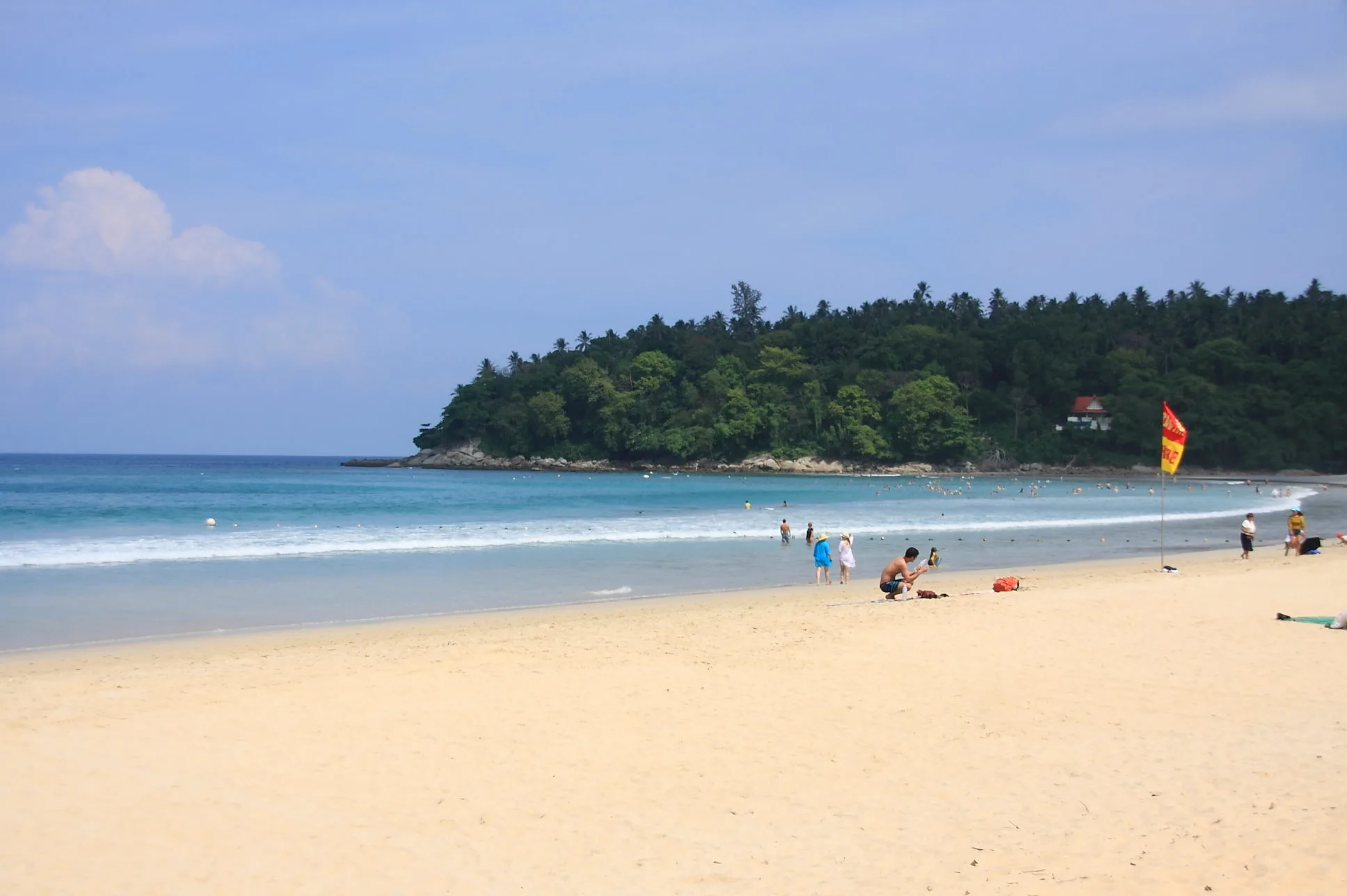Sphinx and Nagaoki Ikeda. Samurai takes a commemorative photo of Egypt and visits the Suez Canal
2020-09-28 Category:modernizationMysterious group of samurai in front of the Sphinx
The first photo was taken by a samurai in front of the Sphinx in Egypt. It is often introduced as a humorous image. In the scorching heat of Egypt, wearing a crested hakama seems to convey the heat. The second photo is Nagafuku Ikeda, a foreign magistrate of the Edo Shogunate who was participating in this group.
Going to France to apologize for Idogaya Incident
In 1863, the Idogaya Incident occurred in Japan, where three ronin, believed to be members of the Joi group, murdered a French military officer near Yokohama. A 34-person delegation, including Nagafatsu Ikeda, traveled to France to apologize and make peace with the incident.
The group arrived in Paris, had an audience with Emperor Napoleon III, apologized to the French government for the incident, and paid 195,000 francs in support to the family.
The Suez Canal is a huge waterway for the colonization of Asia
The 34-member delegation arrived in Cairo from Suez via India from Shanghai on their way to Paris, where they posed for a commemorative photo in front of the Sphinx. This is a picture of a samurai in front of the Sphinx.
The Suez Canal is an bypass built by France to allow ships from Europe to go to Asia without passing through Cape Hope at the southern tip of Africa. Ikeda and his colleagues inspected it.
Afterwards, reconciliation with France was reached in Paris, and the group, recognizing the power of Western civilization, signed the Treaty of Paris, which promised the opening of three ports, including Yokohama, as free ports.
MEMO
The Edo shogunate ordered a mission to negotiate the closure of Yokohama Port, but this was difficult due to French resistance. Nagafuku Ikeda, seeing the strength of Western culture, abandoned negotiations and concluded the Treaty of Paris.
The Edo Shogunate broke the Paris Agreement
After returning to Japan, Nagafuku Ikeda appealed to the shogunate about the importance of opening the country, but it was not accepted, and the shogunate, which had a policy of closing ports, canceled the Treaty of Paris, and as punishment, Ikeda's stone allowance was cut in half. Although Ikeda was later forgiven and returned to politics, he soon resigned from his post and died at the age of 42. What kind of truth did Ikeda see during this trip?
The Edo Shogunate's national opening theory
Ikeda Nagafuku, as a member of the Edo Shogunate, called for the opening of the country. He was a member of the shogunate, which was on the opposite side of Sakamoto Ryoma, Katsu Kaishu, and Saigo Takamori, who started the Meiji Restoration. It can be said that the scale of the Western Industrial Revolution was shocking.
POINT
The Meiji Restoration side looked overseas and considered the future of Japan, but the Edo shogunate tried to maintain isolation and the shogunate system. Ikeda, who saw the West with his own eyes, felt the same feeling as the young people on the Meiji Restoration side.


